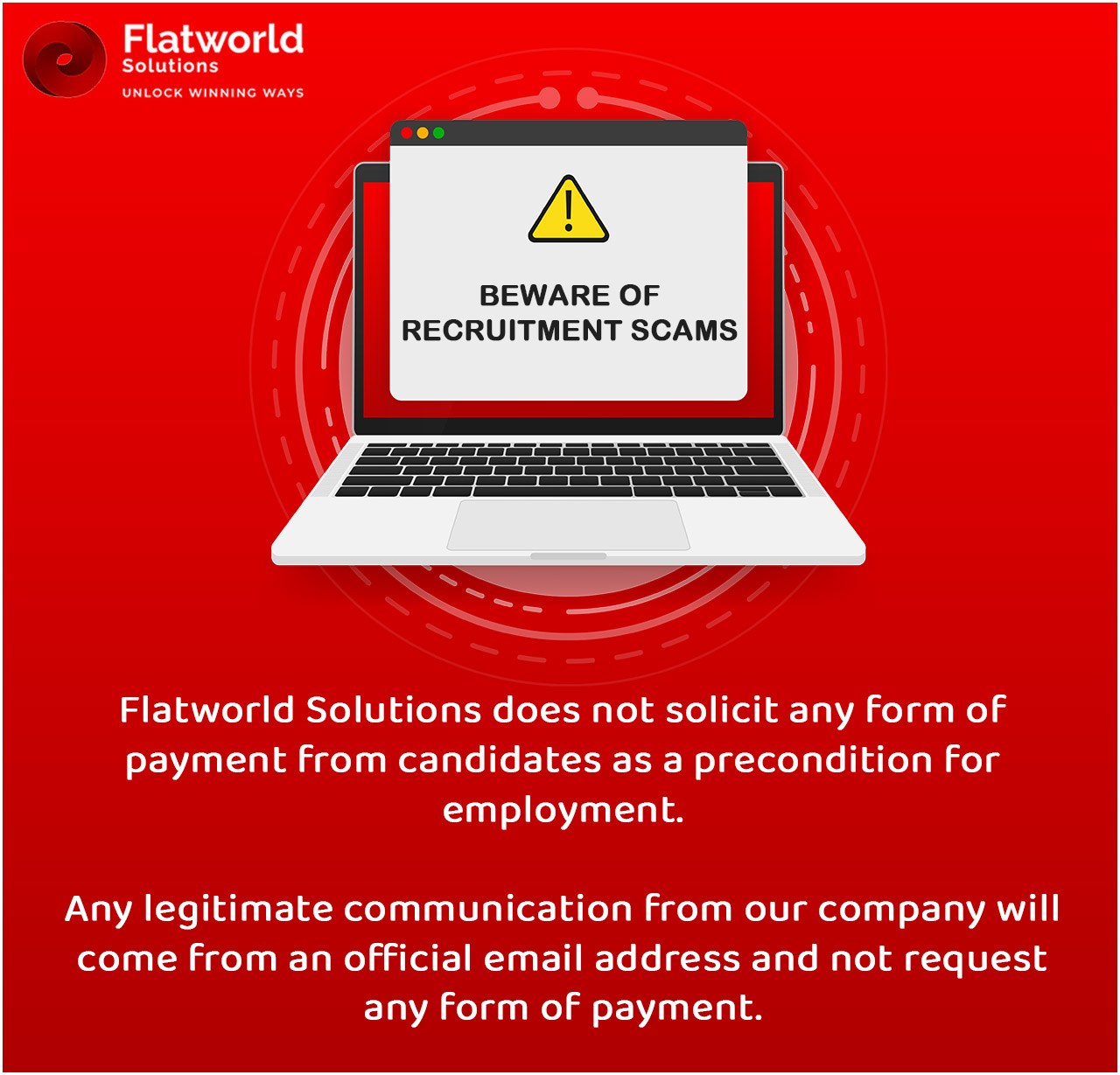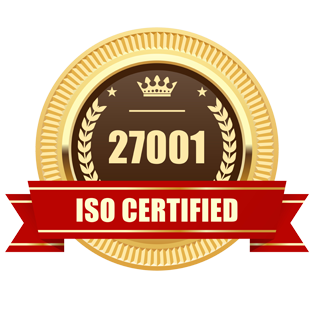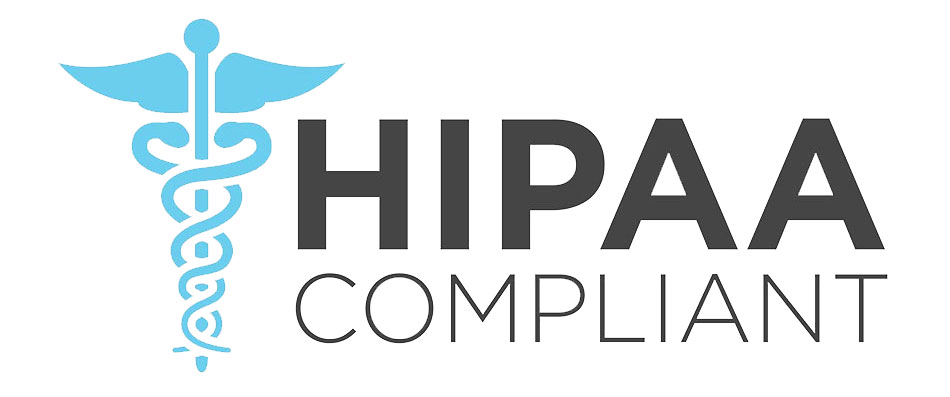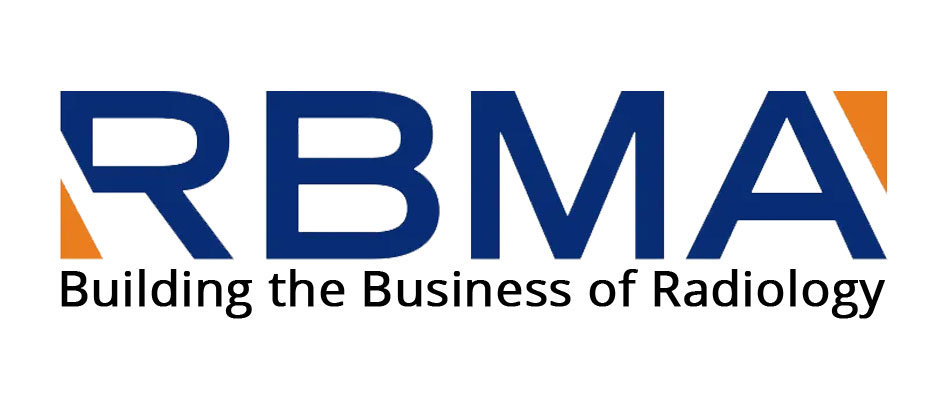As fresh waves of COVID continue to spark global fears, the focus is shifted to remote patient monitoring. Moreover, as the pandemic makes newer milestones, leaving devastation in the wake, as always, social distancing is considered the first line of defence. Until we have an effective weapon to mount an offense, technology, to a great extent, will continue relieving the pressure on the healthcare system.
Remote Monitoring Aids in the Fight Against COVID
WHO recommends one doctor per 1000 patients as a healthy ratio but in countries like India, that number goes unachieved as healthcare networks are only yet to spread in rural areas. In another study by Centers for Medicare & Medicaid Services, an estimated 13000 beneficiaries of fee-for-service Medicare received telemedicine support ahead of the first known reports of an outbreak in the US. By the end of April 2020, that number swelled to a whopping 1.7M.
In the wake of the first wave, telehealth apps (combined) saw a 158% jump in users. In Japan too, online healthcare realized a 15-fold increase in subscription. If these numbers were anything to go by, it's an indication that demand for remote patient monitoring will soar in the future as it is in the present. From all statistics, it's possible to deduce that the once $8.5B industry will see a correction in revenue by 2025 by touching numbers as high as $21.56B. All these scenarios indicate patient monitoring & telehealth is here to stay.
Benefits of Remote Patient Monitoring in the Era of COVID Pandemic
If you analyzed the evolution of healthcare systems, before and after COVID, there are indications of a paradigm shift in technology adoption at a never-before scale. Although remote patient monitoring has existed it hadn't proliferated to the extent it has today. So here are some of the positive changes derived from the remote patient monitoring -
- Hospitals began accepting online appointments to provide accelerated care, digitally
- Improved the bandwidth of physicians to multitask
- Reduced paperwork and reporting hassles
- Increased quality of patient care and satisfaction
- Improved the coverage in non-urban areas where the doctor-to-patient ratio was skewed
- Reduced the risk of mortality by proactive monitoring
- Excellent distribution of critical resources
Remote Patient Monitoring Devices Enable Scaled Real-time Interaction
Another overlooked aspect of healthcare is scaling interactions wherever possible to keep the patient-doctor relation taut and monitor vitals before it transpires into an emergency, warranting a hospital visit. With the COVID spread accelerated by lack of effective monitoring, it's time to learn from past mistakes and double back screening and patient education to stop the virus from unleashing its brute.
Remote patient monitoring greatly benefits both ends of the care from a clinical and economic perspective in real-time. Several benefits of remote patient monitoring in the COVID-19 pandemic include faster intervention of care if pacemakers could alert physicians upon sensing abnormal pulse. The data could also reduce the time spend hospitalized by detecting conditions in nascent stages and adjusting care accordingly.
Another great example of patient monitoring in action is the cardiac monitoring platform that is helping patients at the therapy level. The RPM systems paired with smartphones and portable tabs allow secure transmission of vital data detected by pacemakers to caregivers whom the patient visits for an encounter.
Remote Patient Monitoring System and its Real-time Application in Healthcare
Major hospitals serve millions globally using up the full benefits of remote patient monitoring technology. The most common remote patient monitoring applications we've seen during a pandemic are those that served cardiac patients. The real challenge facing the future of remote patient monitoring is making the technology accessible to physicians and patients. Only fewer healthcare providers have modern capabilities to receive patient data and prepare an action plan. However, most hospitals have a mechanism that allows them to get notified if implanted medical devices detect anomalies.
What is the Importance of Remote Patient Monitoring?
To understand the true benefits of remote patient monitoring in the COVID-19 pandemic, it's important to know how it's different from telemedicine. Although it might seem there is a limited distinction between the two, each has separate purposes. Telemedicine involves information and communication technologies where the focus is on capturing information for the diagnosis and disease prevention on an overarching theme.
On the contrary, remote monitoring needs more scrutiny and legal consent from patients because it involved their vitals being tracked in real-time to allow practices to intervene as preemptive protocol permits. The latter is a mechanism that functions in real-time where dedicated systems and personnel monitor and manage care remotely.
In India, where telemedicine is fairly new, remote patient monitoring is slowly gaining ground. Earlier, patients had to secure appointments with physicians despite the remote transmission of data whereas the only benefit was the data was already on the physician's screen when the patient is called in for the encounter. It was seen as a drawback despite technology penetration because India's doctor-to-patient ratio is severely behind the WHO's prescribed standard.
This, however, proved to be a perfect setting to test the efficacy of the remote patient monitoring as that would mean deploying the system in non-urban areas where the technology footprint is only 30% compared to urban areas. Wide-scale adoption of the RPM in such scenarios improves the healthcare coverage while at the same allowing disease pattern to be studied broadly.
Future of Remote Patient Monitoring
Globally, patients are preferring shorter hospitalization and that seems to be the common goal for healthcare providers as it allows their system to be freer to focus on unprecedented emergencies and suppressing the mortality rates. Shorter hospital stays could also ease the financial burden on patients besides having a better quality of post-hospitalization experience.
The real challenge before the healthcare community is to help individualized care reach patients while battling resource constraints. Thankfully, with innovation driving the system, remote patient monitoring would help manage chronic conditions, post-surgical care, and recovery. While RPM is helping healthcare battle the new common enemy, it also presents a new opportunity to optimize access to care. In a nutshell, there is room to improvise the delivery models to make patient's life easier during and post-hospitalization while enabling hospitals to cope with emergencies without having resources tied up.
Outsource Remote Patient Monitoring to Flatworld Solutions
At Flatworld, we have resources and technology that are effective in easing the burden of hospitals and healthcare providers who are on the edge due to a shortage of resources and means to tackle newer healthcare challenges. The strain in managing post-care patients and live encounters besides emergencies continues to be problem areas where our hand has proven to be effective. With 22 years of experience in providing remote patient monitoring services, we know what it takes to make healthcare a sophisticated network that is fully geared for challenges, however complex.
Contact us now to learn how we can help you with our offerings.
Contact UsOur Customers





Key Differentiators
AHIMA Healthcare Convention 2016

USA
Flatworld Solutions
116 Village Blvd, Suite 200, Princeton, NJ 08540
PHILIPPINES
Aeon Towers, J.P. Laurel Avenue, Bajada, Davao 8000
KSS Building, Buhangin Road Cor Olive Street, Davao City 8000
INDIA
Survey No.11, 3rd Floor, Indraprastha, Gubbi Cross, 81,
Hennur Bagalur Main Rd, Kuvempu Layout, Kothanur, Bengaluru, Karnataka 560077















